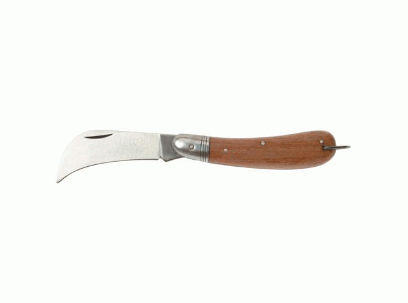Are you considering a DIY plastering project or looking to hire a professional plasterer? Knowing the tools plasterers use can help you understand the process better.
From trowels to spirit levels, each tool plays a crucial role in achieving a smooth and flawless finish.
In this article, we will explore the essential tools every plasterer needs to create a professional-looking surface.
Whether you're a beginner or a seasoned pro, read on to discover the tools of the trade!
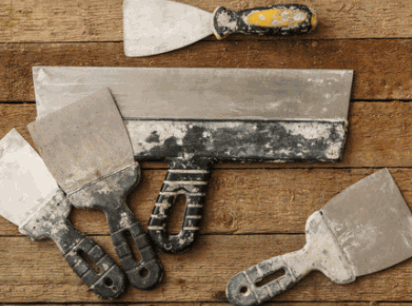
Contents
Plastering is the process of covering rough walls and uneven surfaces in the construction of houses and other structures with a plastic material called plaster, which is primarily a mixture of lime or cement concrete and sand along with the required quantity of water to create a smooth, durable surface.
Historically, plastering dates back to ancient civilisations like Egypt and Greece, where it was used to decorate homes and temples. Over time, the technique evolved, becoming an essential part of architecture. Today, plastering finds versatile applications in modern construction, from smoothing out walls to creating intricate designs. Companies play a crucial role by providing a wide range of plastering supplies, including tools, materials, and accessories, ensuring that professionals have everything they need to achieve high-quality finishes.
Take a look: Is Plastering Expensive
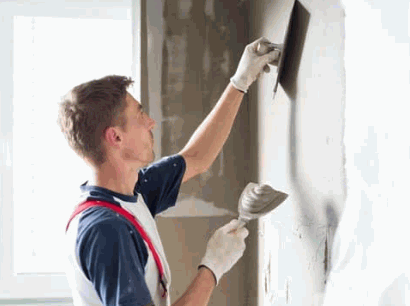
To achieve a high-quality finish in plastering, professional plasterers rely on a variety of specialised tools that cater to different aspects of the job, from mixing and applying plaster to smoothing and finishing surfaces.
The float is one of the most essential tools for any plasterer, used for applying and smoothing plaster onto surfaces with precision and ease.
Among the different types of trowels available, one popular choice is the Marshalltown Gold Permashape trowel. This trowel is renowned for its durability and flexibility, making it ideal for achieving a smooth finish on plastered surfaces.
The Marshalltown Gold Permashape trowel comes in various sizes and shapes, each designed for specific purposes. For instance, the rounded edge trowel is perfect for spreading plaster evenly, while the square edge trowel is great for creating clean edges and corners.
Plasterers often choose the Marshalltown Gold Permashape trowel for its ergonomic handle, which provides comfort during long hours of plastering work. Having the right trowel can make all the difference in achieving professional results in plastering projects.
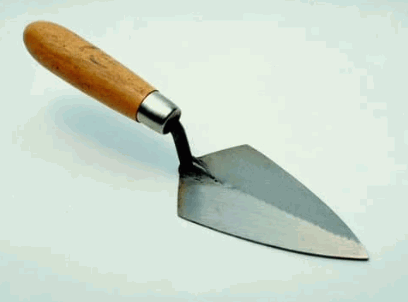
A hawk is a flat, square tool with a handle underneath, used by plasterers to hold a small amount of plaster while they work on walls or ceilings.
When working with a plasterer's float, the hawk becomes a critical companion that aids in the seamless application of plaster. The plasterer expertly scoops a portion of plaster onto the hawk and then transfers it onto the float for spreading across the surface. This back-and-forth movement between the hawk and the float allows for a controlled and precise application that ensures even coverage.
The hawk also serves as a convenient station for quick access to plaster, eliminating the need for frequent trips back and forth to the mixing area. This setup enhances the efficiency of the plastering process, enabling the plasterer to maintain a steady workflow without interruptions.
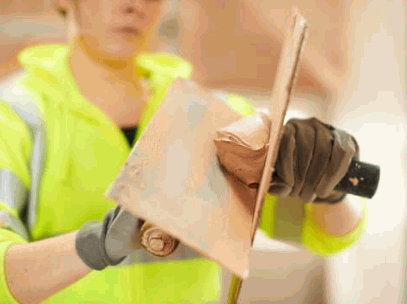
The plastering float is used for smoothing and finishing the surface of the plaster, ensuring an even and polished finish.
There are various types of plastering floats available, each serving a specific purpose in the plastering process. One popular type is the Nela float, known for its precision and durability. Other floats include the Darby float, used for levelling large surfaces, the feather-edge float for creating sharp edges, and the corner float for working in tight spaces. These floats play a crucial role in achieving a professional finish by smoothing out imperfections and ensuring a consistent texture across the surface.
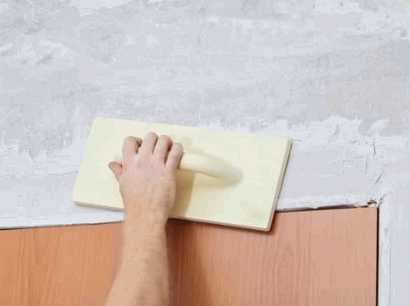
A jointing knife is a versatile tool used for filling small gaps and smoothing joints in plasterboard installations.
Compared to spatulas and similar tools, the jointing knife has a thin, flexible blade that allows for precise application of jointing compounds. Its narrow profile makes it ideal for reaching tight spaces and achieving a smooth finish on plaster surfaces. While spatulas are more commonly used for spreading and smoothing substances like paint or icing, the jointing knife is specifically designed for the detailed work required in plastering applications.
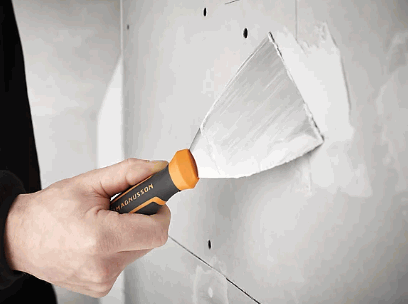
A plastering brush is an essential tool used for cleaning and finishing surfaces, as well as applying water during the smoothing process.
Traditionally made with natural bristles, the plasterer's brush is versatile in its applications. It effectively removes excess plaster, evens out textures, and assists in achieving a uniform finish. The brush's soft bristles enable precise detailing, making it ideal for intricate designs or hard-to-reach areas. In conjunction with the sponge float, the brush aids in perfecting the surface by ensuring an even distribution of plaster and providing a seamless transition between patches. Whether working on walls, ceilings, or other surfaces, the plastering brush remains a critical tool for every skilled plasterer.
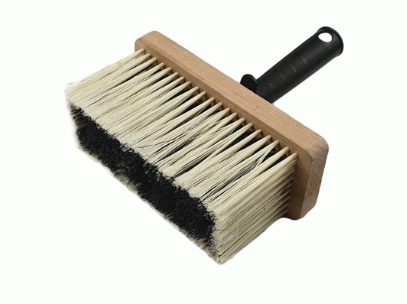
A sturdy mixing bucket is essential for holding and mixing plaster, often paired with a power mixer to ensure a smooth, consistent mixture.
Regarding working with plaster, the quality of the mixing equipment plays a crucial role in achieving the desired results. A good mixing bucket provides the necessary space and durability to handle the mixing process effectively. Pairing it with a power mixer not only saves time but also ensures a homogeneous blend, free from lumps and inconsistencies.
Proper mixing is a fundamental step in plastering projects, influencing the final finish and durability of the surface. It's essential to follow best practices, such as adding water gradually to the plaster mix while constantly stirring to achieve the right consistency.
Using a power mixer with adjustable speed settings can help control the blending process, preventing overmixing or undermixing, which can lead to weak spots in the plaster. Cleaning the mixing equipment thoroughly after each use prolongs its lifespan and ensures optimal performance for future projects.
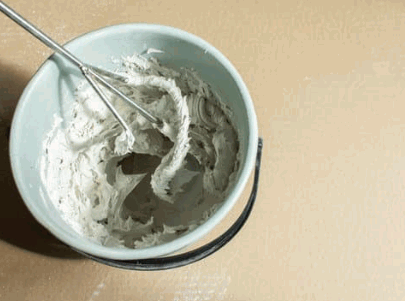
A mixing paddle is a tool attached to a power drill, used for thoroughly mixing plaster to the right consistency.
Using a high-quality mixing paddle, such as the ones from Alfra Eibenstock, offers numerous advantages. These premium paddles are specifically designed to ensure a consistent and uniform mix of plaster, eliminating the risk of lumps or uneven texture. The sturdy construction of Alfra Eibenstock mixing paddles also enhances durability, allowing them to withstand the rigours of frequent use without compromising performance. Their ergonomic design makes them comfortable to use, reducing strain on the user's hands and arms during prolonged mixing sessions. Investing in a top-notch mixing paddle can significantly improve the quality and efficiency of your plastering projects.
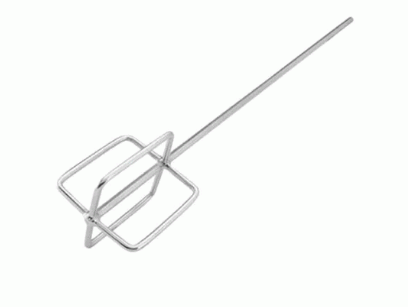
A plastering sponge is used for final smoothing and finishing, helping to remove trowel marks and achieve a flawless surface.
Working in tandem with the sponge float, the plastering sponge provides a versatile tool for craftsmen and DIY enthusiasts alike. It effectively blends and smoothens plaster, stucco, or other finishing materials to create a uniform texture. The gentle abrasiveness of the sponge allows for fine adjustments and subtle touch-ups, ensuring a professional-looking result. Its ergonomic design fits comfortably in the hand, making it easy to manoeuvre around corners and edges. Whether you are repairing a small patch or finishing a large wall, the plastering sponge is an essential tool for achieving a seamless and polished surface.
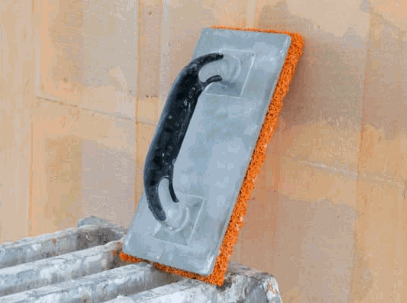
A spirit level is an critical tool for plasterers, ensuring that the surfaces they work on are perfectly horizontal or vertical.
Accuracy in plastering is paramount to achieving a smooth and professional finish. Even the slightest deviation from the correct level can result in subpar workmanship and costly corrections down the line. This is where the spirit level comes into play, offering unparalleled precision and reliability. Whether you opt for a high-end model or a more budget-friendly option from stores like Poundland, having a reliable tool by your side can make all the difference in the quality of your plastering work.
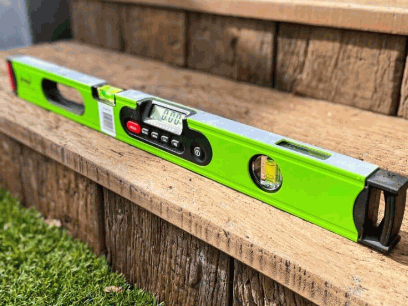
A plastering darby is a long, flat tool used to level and smooth large areas of plaster, ensuring an even surface.
In comparison, a plasterer's rule, also known as a screed, is primarily used to achieve precise flatness and thickness in smaller sections of plaster or other materials. The darby is ideal for maintaining consistency over broader surfaces, while the rule is perfect for finer adjustments on smaller patches. Both tools play a crucial role in achieving a professional finish, with the darby providing overall smoothness and the rule focusing on detailed accuracy.
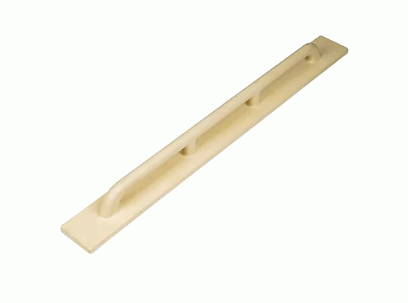
A plastering straightedge is used to check the flatness and levelness of plastered surfaces, helping plasterers meet high-quality standards.
Plastering straightedges play a crucial role in ensuring the smoothness and uniformity of plaster applications. By running the edge across a surface, plasterers can easily identify any irregularities that need to be addressed before the final finishing.
Companies offer a range of durable and accurate plastering straightedges that are designed to withstand the demands of professional use. These tools are essential for maintaining precision and consistency in plastering projects, ultimately leading to impeccable results.
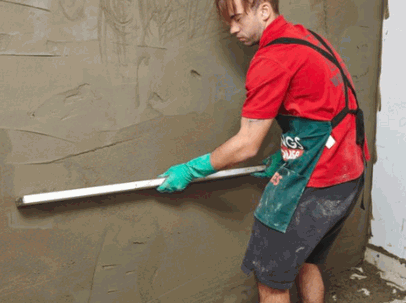
A plastering scraper is used to remove excess plaster and smooth out imperfections on surfaces, ensuring a tidy finish.
By utilising the plastering scraper, craftsmen can achieve a polished surface ready for painting or finishing. The tool is essential for scraping away any excess material following the application of plaster, ensuring smooth and even walls or ceilings.
When used in conjunction with snips, a plastering scraper helps to refine intricate details and corners, providing a professional touch to the overall plastering job. The versatile nature of the plastering scraper makes it a must-have for any plastering project, whether it's smoothing out rough patches or correcting minor imperfections.
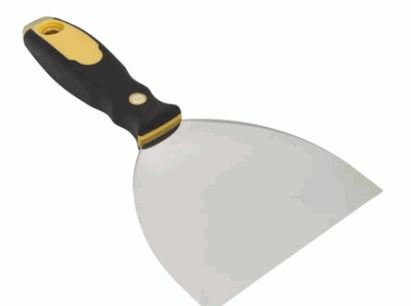
A plasterboard saw is designed for cutting plasterboard to size, making it easier to install and fit into specific areas.
Think of the plasterboard saw as the Batman of cutting tools in the construction world. Just like Batman is equipped with specialised gadgets to tackle unique challenges, the plasterboard saw has a sharp blade and a sturdy handle tailored specifically for working with plasterboard.
When compared to traditional saws, such as handsaws or jigsaws, the plasterboard saw stands out due to its precision and efficiency in making clean cuts in the delicate plasterboard material without causing unnecessary damage or mess.
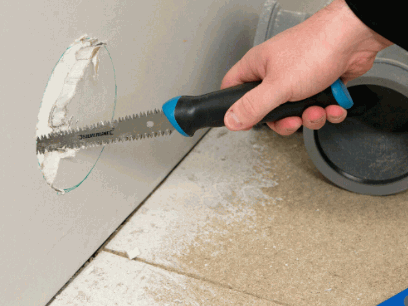
The plasterboard rasp is used for smoothing rough edges after cutting the plasterboard, ensuring a clean and precise finish.
This handy tool is like the unsung hero in the world of plasterboard installations. When the plasterboard saw does the initial heavy lifting by cutting through the material, the plasterboard rasp comes in smoothly afterward to refine the edges. This allows for a seamless transition between different sections of the plasterboard, giving a professional touch to the overall project.
Its unique design with fine teeth helps in delicately shaving off any excess material without causing damage to the main surface, providing a smooth and even finish every time.
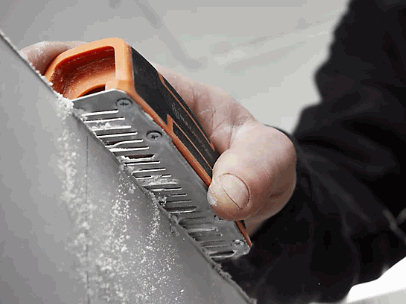
A plasterboard knife is a versatile tool used for scoring and snapping plasterboard, providing clean and accurate cuts.
Regarding efficiency and precision in plasterboard installation, having a high-quality tool like the OX plasterboard knife can make a world of difference. The sharp blade of the knife allows for smooth scoring of the plasterboard, enabling clean and precise cuts without jagged edges.
This level of accuracy is crucial for ensuring a seamless finish in your plasterboard work, whether it's for walls, ceilings, or partitions. As a professional or DIY enthusiast, investing in a reliable plasterboard knife can significantly streamline your projects and enhance the overall quality of your work.
